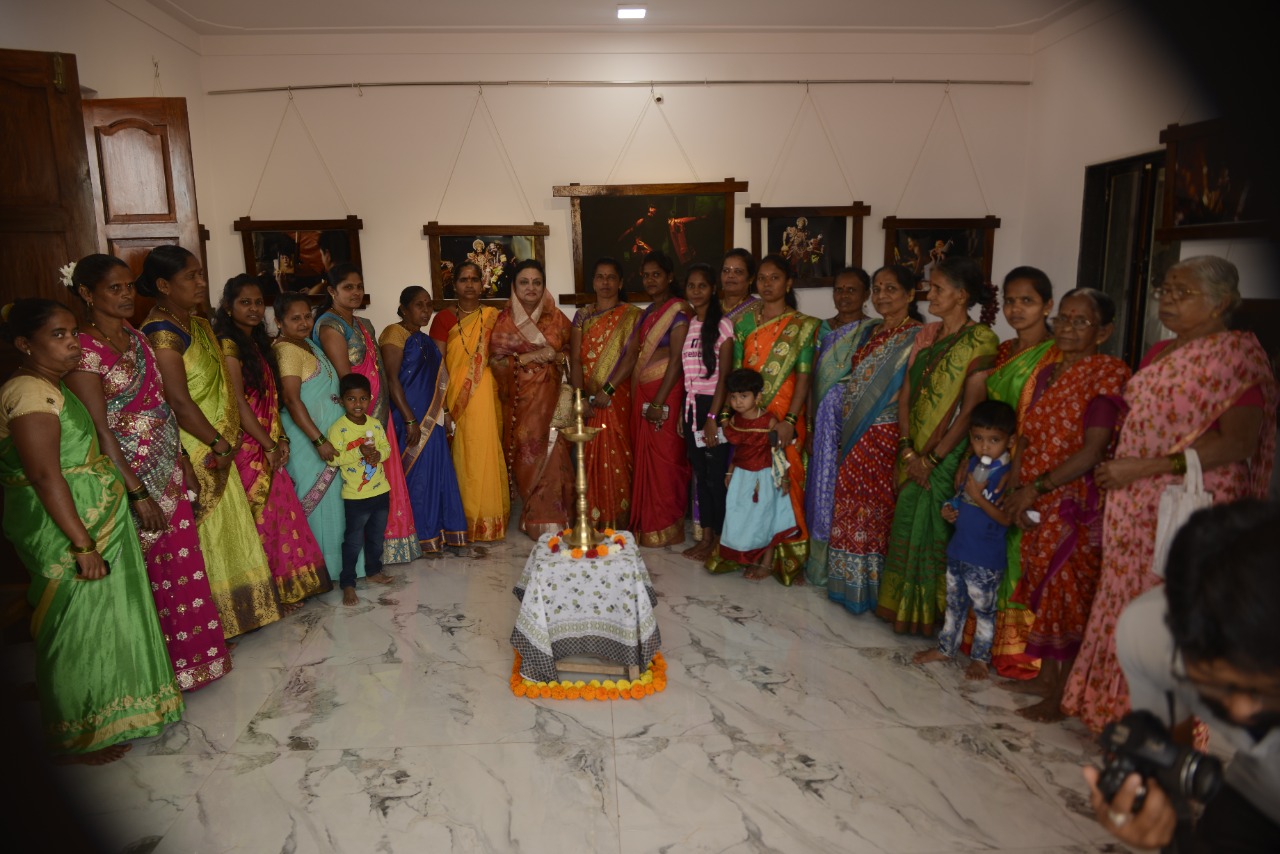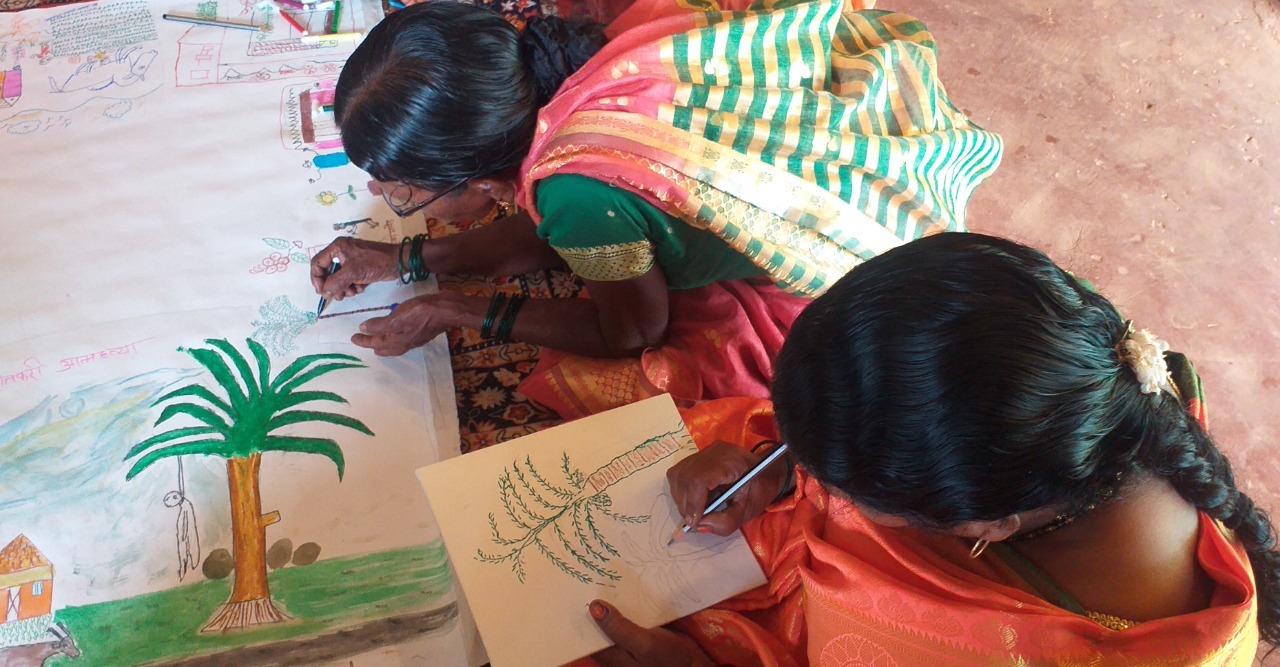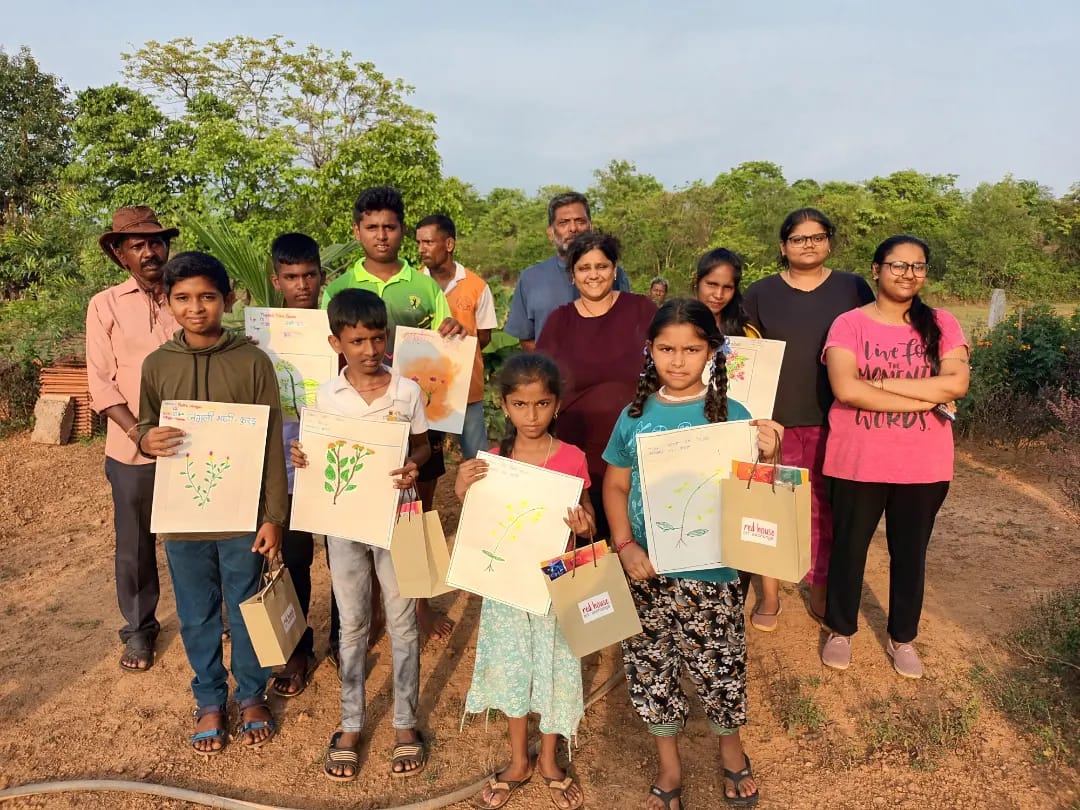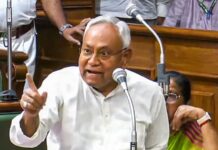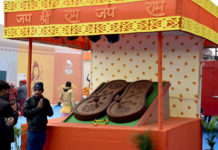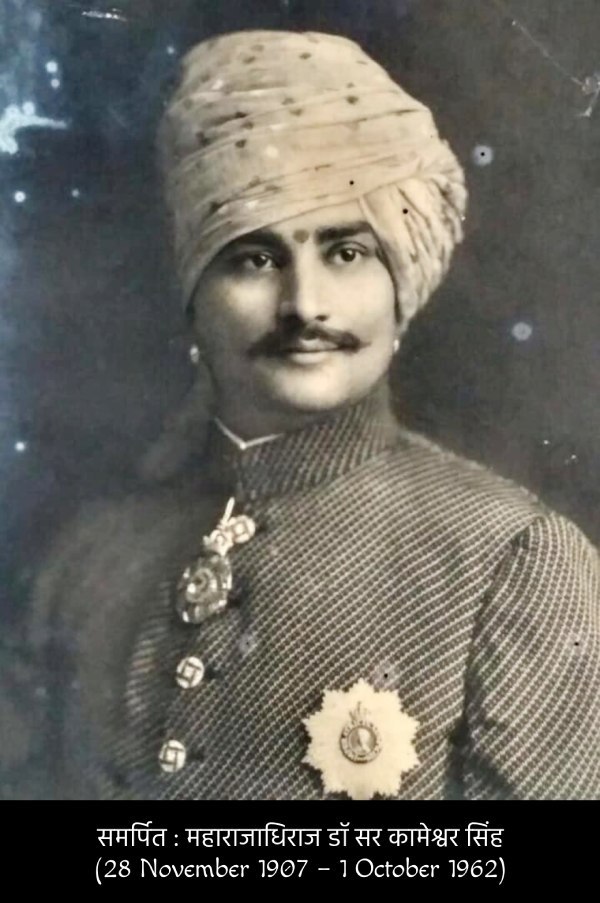MUMBAI : Mamta Chitnis Sen explains why the Red House Art Exchange, India’s first artspace for women farmerswill not only help in empowering the farming community through art but willalso enable established artists and cultural leaders to bond with themarginalised and those restricted from creative expression.
On January 1, this year, a photo andart exhibition of ‘Dashaavatar’ (thefolk art theatre form depicting the 10 avataars of Lord Vishnu mostly enactedby men) by Mumbai-based photographer Sanjit Sen opened to a packed crowd of menand women at the Red House Art Exchange gallery in Sawantwadi. The exhibition was inaugurated His HighnessRajasaheb Khem Sawant VI and Her Highness Ranisaheb Shubhadhadevi fromSawantwadi along with Royals from the House of Ghorpades from Sandur–namelyWildlife photographer Indrajeet Ghorpade and noted author Shailendra Ghorpade.
The exhibition which displayed atotal of 40 photographs of the folk art form including some of the surroundingdaily and wildlife of the region, saw a large number of visitors, both localsand mainly those belonging to the farming community from the neighbouringvillages. Farmers from many villages trekked through cashew plantations andpaddy fields to have a glimpse of the exhibition.
Two years ago in 2021, on August15, a few women farmers from the villages of Ronapal and Nigurde in Sawantwadihad come together to exhibit their art works at the same venue. The exhibition‘Idea of Freedom’ was part of the art workshop initiated by Red House ArtExchange as their efforts to empower the marginalized communities through artand creativity. This was the first time that all women (between the ages of 30and 65 years) confessed to have picked up a paint brush or used art to expressthemselves.

The women were given the theme of what freedom means to them and were asked to paint on canvas their ideas, thoughts etc related to the subject. Interestingly a majority of the women painted the homes of their courtyards and the fields they worked in while some created images of chickens, birds, flowers, houses and chul or the Indian cooking stove.The art created by these women showcased the gap in their understanding of what freedom actually means and their right to use it. It also appeared to highlight the fact that despite urbanization that is fast spreading its wings across rural India, a large number of women workforce at the bottom level continue to face gender disparity and lack empowerment.
Almost all women admitted that they are full time farmers and have no hobbies of their own. Their day begins at dawn and ends at midnight taking care of their families, their homes and the fields that they work in. Except for one woman who left her job in the city and came back to work in the village in farming, all women (their highest education is till Class 8) admitted that they have done farming all their life and nothing else. Kamini Deulkar, a women farmer who led a group of women from Ronapal confessed that the workshop has been an eye opener for them. She said that it was the first time that women like her had actually managed to make time for themselves.

Farmers and Art
For many years now, I have beendocumenting the plight of women farmers through art and writings. The idea toset up an art space amongst the farming community came to me for mainly tworeasons. During my travels abroad I often came across established artists andpainters who would be seen exhibiting their works in art galleries in remotevillages.

The other reason was that in 2012,I had come into inheritance of some farming land, a part of ancestral propertybelonging to my late father. Surprisingly my right to own the land was opposedby few extended male members of the family. The denial was more gender biased.Being denied something that already belonged to me was hard to digest andnevertheless, with great reluctance, I sought the legal route to get the mattersorted. Interestingly during my visits to the courtroom where the matter wasbeing held, I came across many women who were in the same boat as me. Thecourtroom was located inside a derelict building that stood facing the lushpaddy fields. During my wait there I came across many women who toiledfields for a living on those lands but interestingly were denied any rights toit. The women were of different ages and while some did have lands on theirname, they refrained from taking any decisions related to it. Despite owning these lands, they were treatedas mere caretakers. Their plight inspired me to begin painting my first serieson women farmers of Konkan which I later exhibited all over the world.
The pandemic proved to be anepiphany of sorts as during that time I was tragically struck by severe typhoidand almost on my deathbed. Upon recovery, in October 2020, I pooled in all ofmy life savings and bought my own piece of land in the picturesque village ofRonapal in Sawantwadi. Surrounded by paddy fields, the construction for theartspace began towards the end of that year. The space is spread over4000 square feet including two art galleries, studio spaces, a museum and workis currently on to include residential space for visiting artists who will bechosen via open calls.
Red House Art Exchange, is anattempt to empower the famers and the marginalised communities through variousmediums of art and culture and bring them into the mainstream narrative. The artspace will not only host artists andwriters in the form of residencies, but also invite renowned and establishedpersonalities from various fields of art and culture to connect to ruralaudiences as well.
It will also act as a medium toeducate the marginalised communities, mainly its women through art anddialogues. We also plan to have academicians, historians, academicians andchangemakers too be a part of this initiative in the near future.


